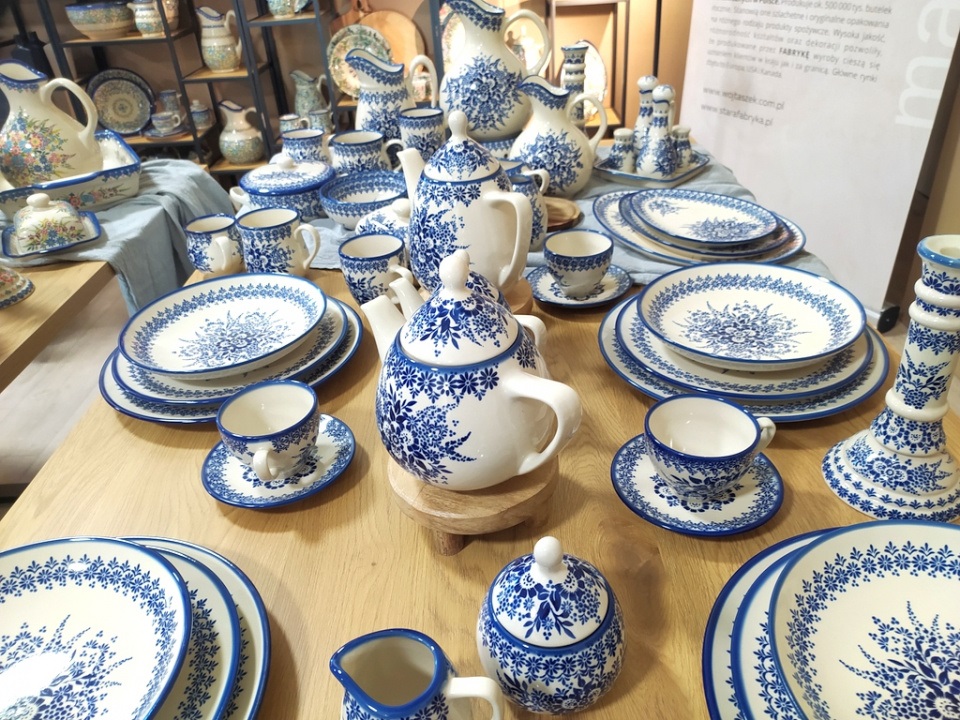The Porcelain Museum has opened in Tułowice in the Opole region. In three rooms of a closed railway station, the wares of the defunct Tułowice Porcelite Factory S.A. are on display. Ceramics from Tułowice used to be a part of almost every household in Poland.
In the museum, visitors can see table and dessert crockery, cups, mugs, platters and vases produced from 1947 to 2001. The museum consists of three exhibition rooms and a workshop where workshops will be held, including porcelain painting, making of jewellery and mosaics made from broken plates.
As Tułowice mayor Andrzej Wesołowski said at the opening, the museum is a tribute to generations of local ceramists. “I am glad that all this is being cultivated by enterprises built on an old tradition. The porcelain from Tułowice will not disappear, as four companies have been established to create porcelain, but also to cultivate tradition”, said the mayor.
The porcelain factory in Tułowice was founded in 1886 by the Schlegelmilch family, who came from Thuringia. Before 1945, the Tułowice factory was one of the largest porcelain factories in Silesia. The products, due to their quality and design, were well known in Europe and the USA. From the beginning of the 20th century until the First World War, most of the production was shipped to the USA.
After World War II, porcelain was still made in Tułowice for a short time, but the lack of money and raw materials to import them in Poland led to the use of a material made from clay from the Bolesławiec area called porcelite. Products from Tułowice were largely exported, including to America and the Orient.
After the political transformation, the plant was transformed into a commercial law company and thus the Porcelite Factory “Tułowice SA” was established. After it was taken over by the National Investment Fund, the management team and supervisory board were replaced, commercial contracts were broken and markets were lost. The factory was declared bankrupt in 2001.
Arkadiusz Słomczyński





